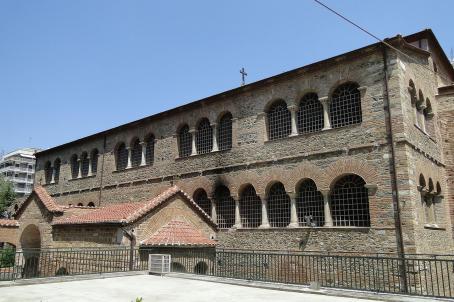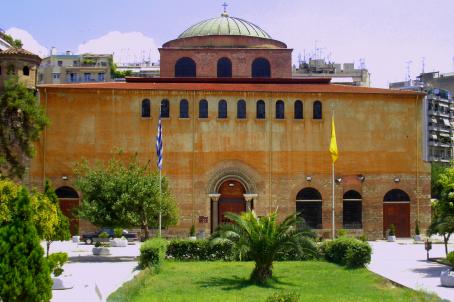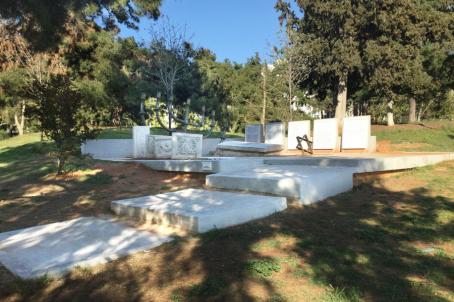Rotonda of Galerius

The Arch of Galerius and its nearby Rotunda, are ancient monuments built in the early fourth century. The complex to which they belonged was built during the reign of Emperor Galerius (305-311). During its existence, the Rotunda was used as a pagan temple (early fourth century), a church (late fourth century-1590/1912-), a mosque (1590-1912). It is a UNESCO World Heritage Site since 1988.





